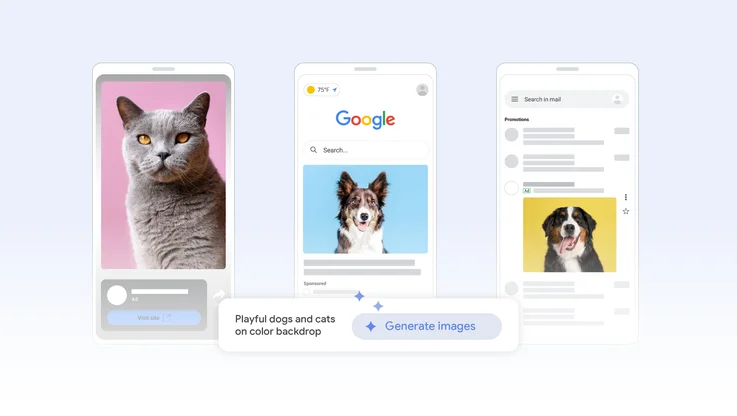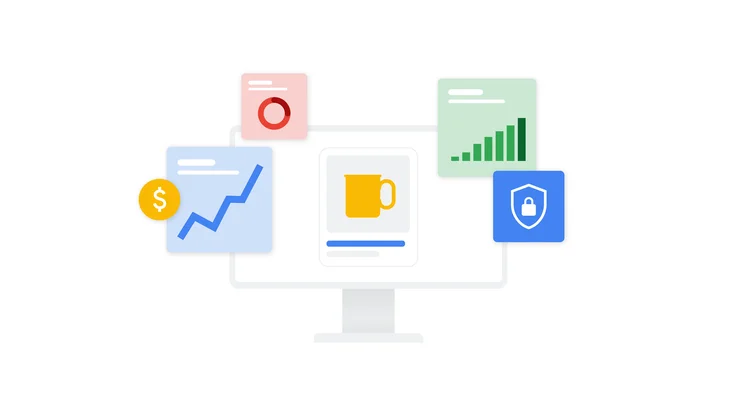Faster, safer and better ad experiences for consumers
Consumers have high expectations for faster, safer and better digital experiences. This means it's more important than ever for brands to deliver on these expectations.
At Google, we're building new innovations to help AdWords advertisers design the best web experiences for your customers.
Speed: Improvements to click measurement
Speed matters. In fact, a one-second delay in mobile page load can decrease conversions up to 20%.1 That’s why we announced support for Accelerated Mobile Pages (AMP) as landing pages in AdWords and developed new tools like the Mobile Speed Scorecard and the Impact Calculator. With just a few inputs, this tool estimates the revenue impact that can result from improving the speed of your mobile website.
Another way we’re improving mobile site speed is parallel tracking (blog | help center) -- which was introduced earlier this year for advertisers using click measurement systems. How does this improve speed? After an ad click, web browsers will process click measurement requests in the background, helping people reach your site up to several seconds faster.2 This creates better user experiences, leading to more conversions and less budget spent on bounced clicks.

Starting October 30, 2018, parallel tracking will be required for all AdWords accounts. To get a jump start, you can now opt in your Search Network and Shopping campaigns. And even if you don't intend to turn it on today, you should start talking with your click measurement providers to ensure that they are ready for this change. Doing so, ensures there’s no disruption to your click measurement system.
If you've confirmed that your click measurement system is already compatible, you can opt in from your account-level "Settings" page in the "Tracking" section. Learn more
Security: Focus on HTTPS
You want your customers to have a safe and secure experience, every time they engage with your website. But too many brands still use unencrypted HTTP to send users to their landing pages. That's why Google strongly advocates that sites adopt HTTPS encryption, the industry standard for ensuring the security and integrity of data traveling between the browser and the website.
Over the last year, Chrome has marked an increasingly large set of HTTP pages as "not secure." Beginning in July 2018 with the release of Chrome 68, Chrome will mark all HTTP pages as “not secure.”

To make sure your users continue to have the best possible landing page experience, we've taken a few extra steps:
- Enabled HTTP Search ad clicks to automatically be redirected to HTTPS when we know that your site prefers HTTPS, which we will begin rolling out the week of June 11.
- Launched Ad version history to allow advertisers to update your landing page URLs from HTTP to HTTPS without resetting all of your performance statistics.
- Will start to warn advertisers in AdWords when you’re using less secure HTTP addresses for landing pages, in the next few weeks.
We hope that these innovations will help people browse more quickly, confidently and securely.
1. "State of Online Retail Performance," Akamai, April 2011
2. Google Internal Data, Japan/India/US. Aggregated anonymized data from a sample of users that have clicked on an AdWords ad with URL tracking, August 2017





